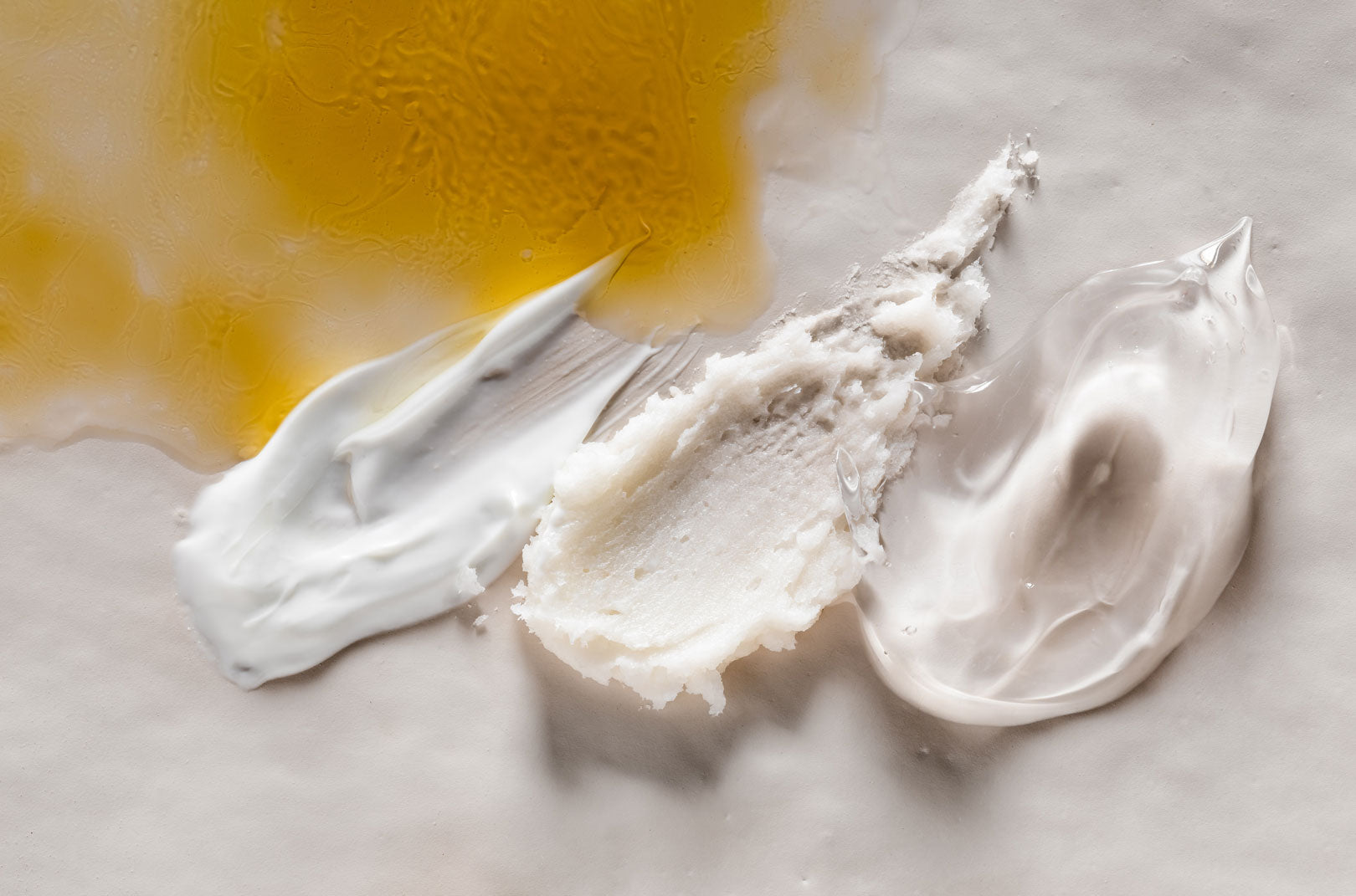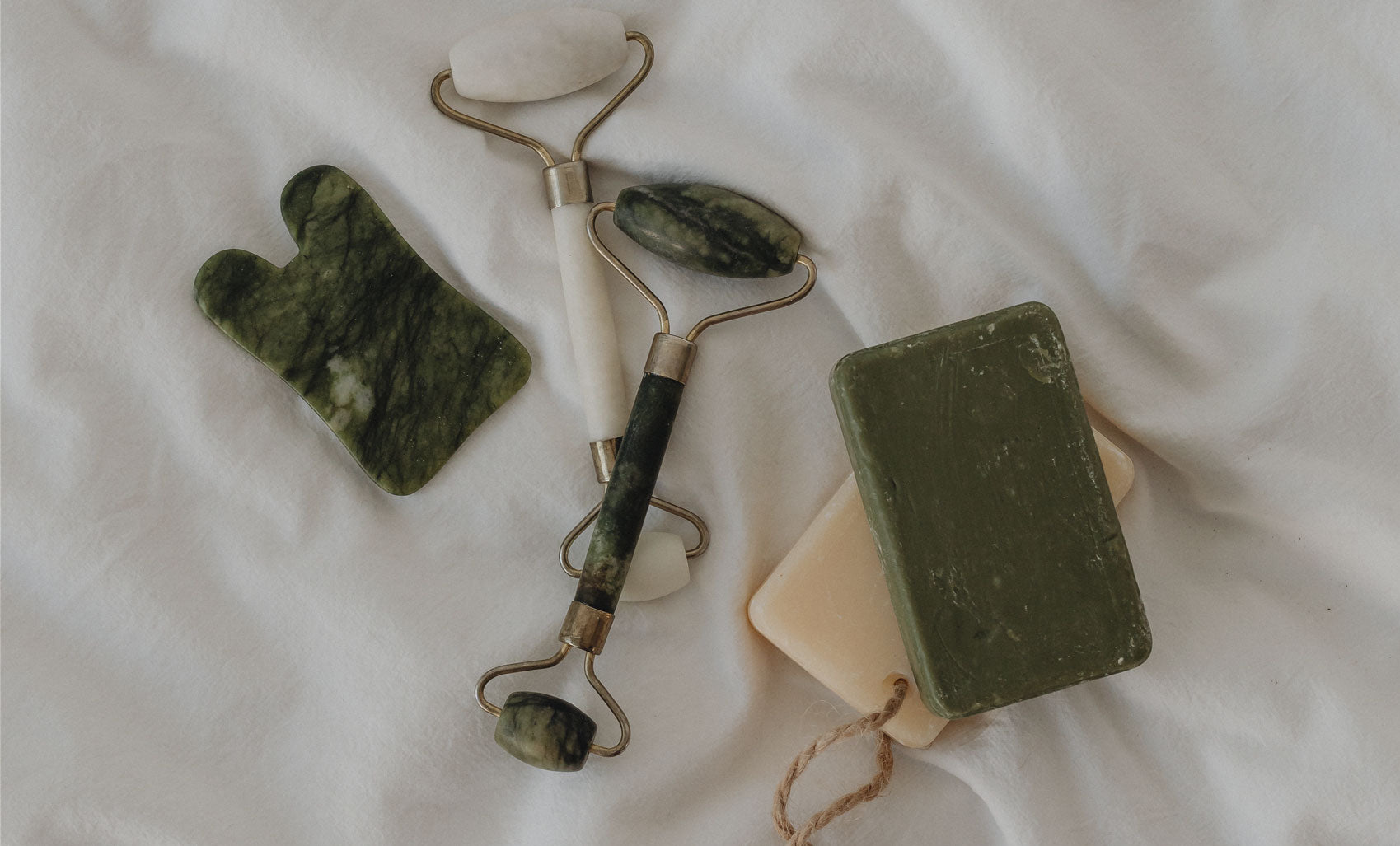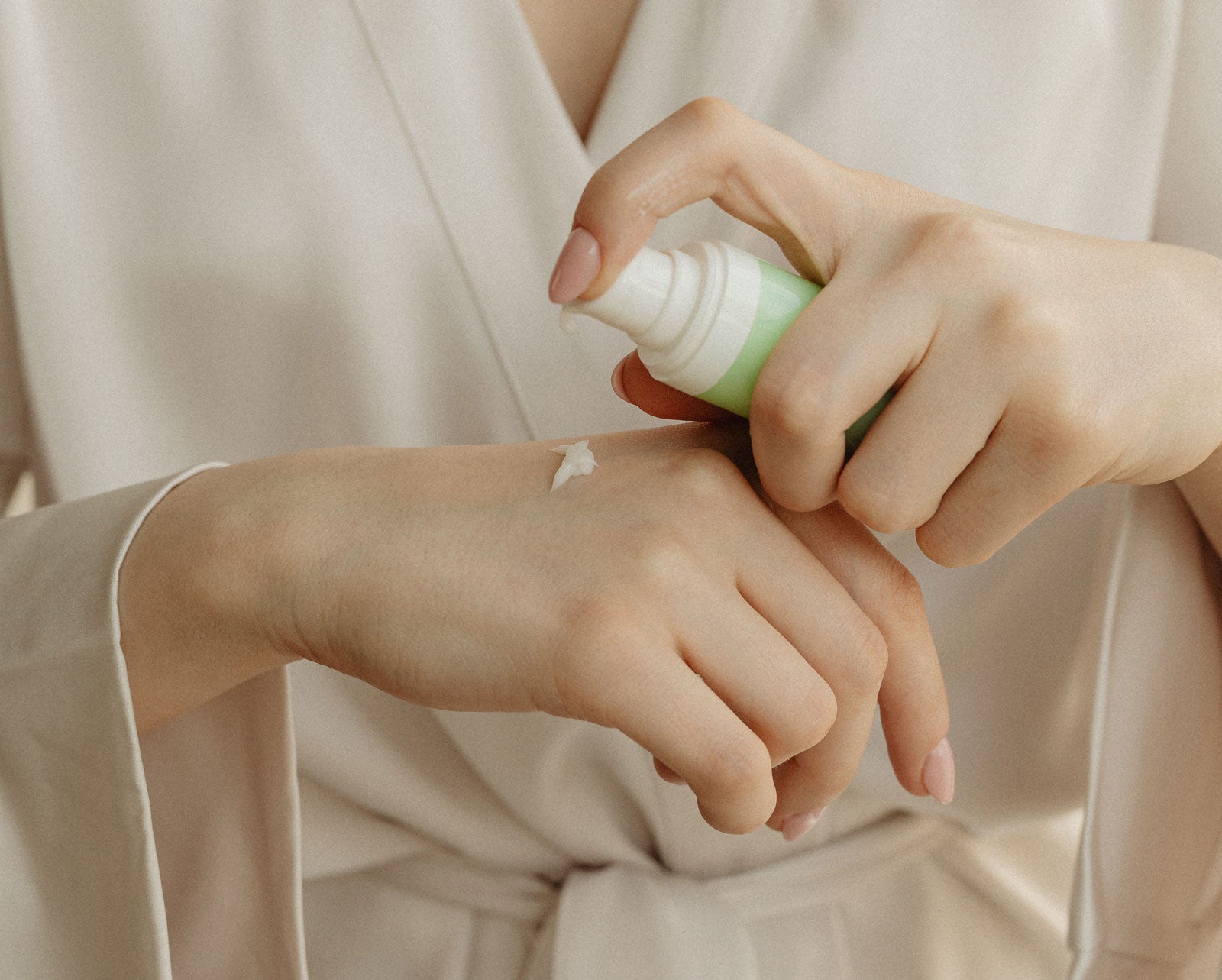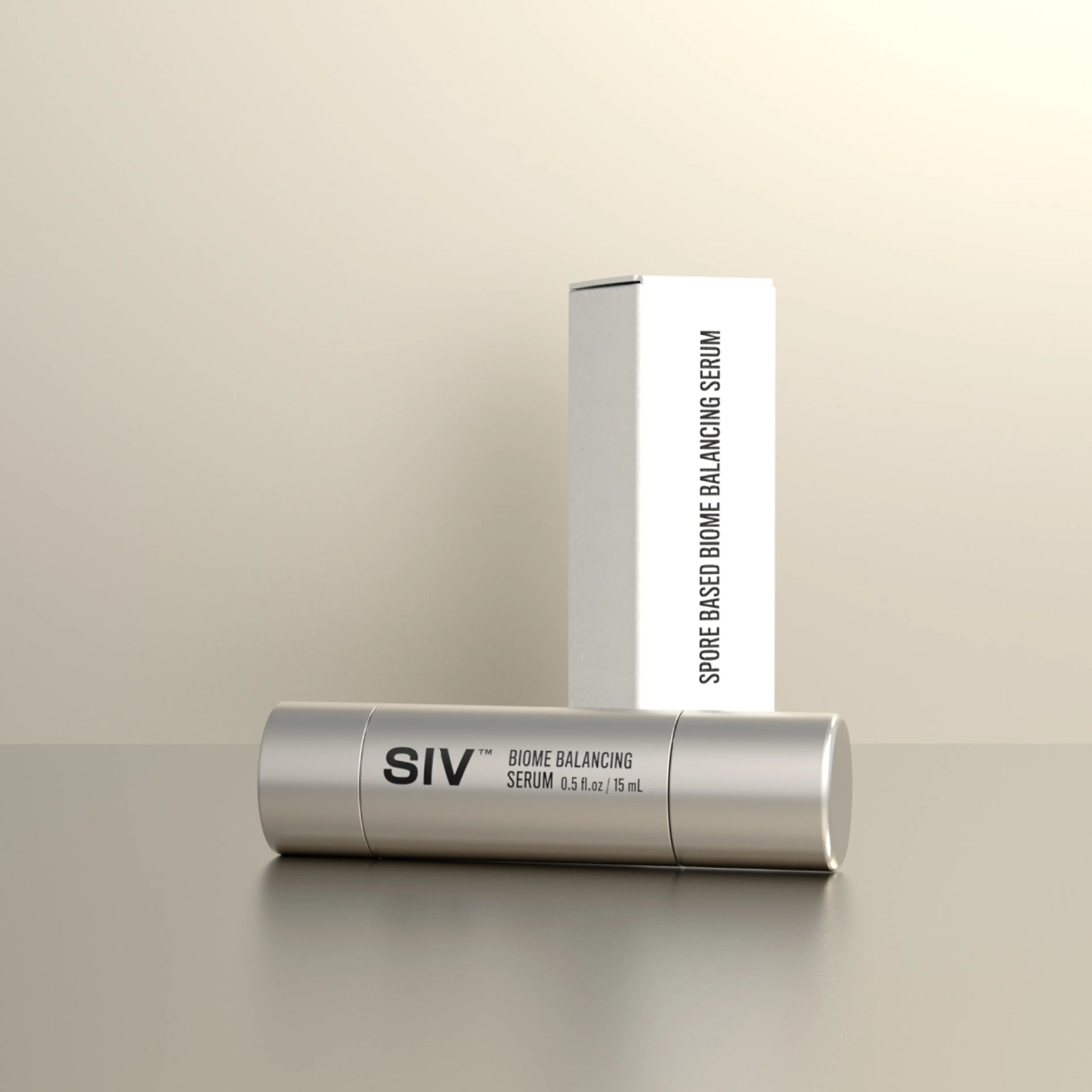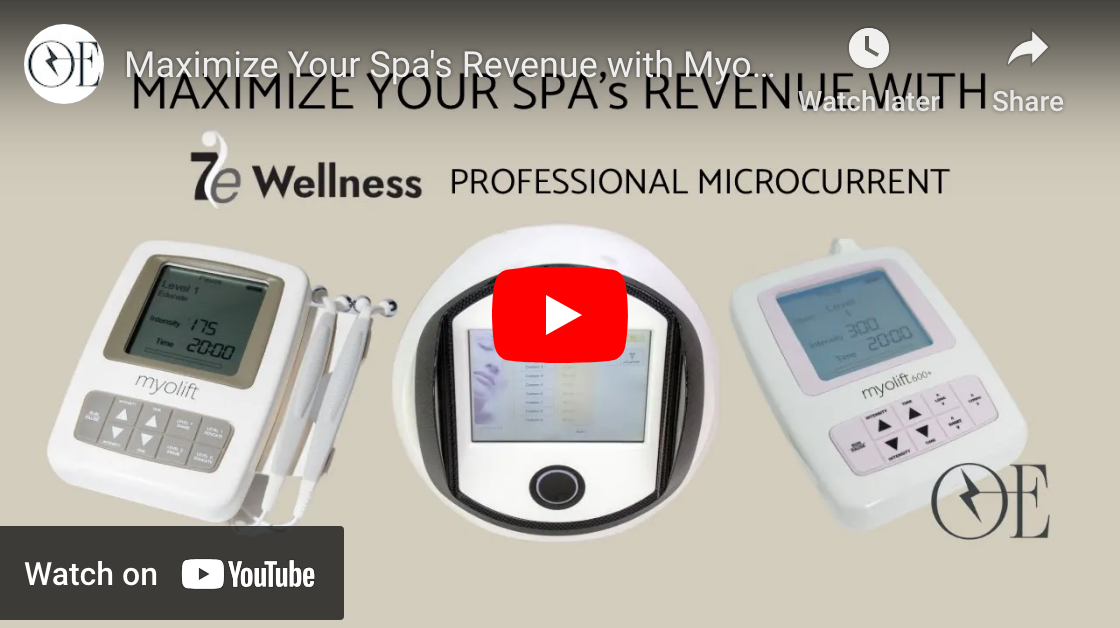Hey everyone!
So I've been focusing mostly on my YouTube Channel lately (since it's mostly hands free). I started with the foundation of skincare, cleansing. I've covered The Importance of Cleansing, How and Why to Use A Milk Cleanser For Your AM Cleanse and am now talking about Oil Cleansers. My First Oil Cleansing video focuses on the benefits and how to actually do it. My second Oil Cleansing video is a bit more science-y. Because of this, it's quite hard to cover all the information in a video without making it ridiculously long. I'm not gonna do that to you! So i've decided to make an accompanying Blog post, which you're now reading. If you haven't already watched my Oil Cleansing video, I've put it below. It'll catch you up to what I'm going to be talking about today.
Now that you know the concept behind oil cleansing, lets talk about what oils to use!
There are two important things to think about when picking an oil..
1. ESSENTIAL FATTY ACIDS
2. COMEDOGENIC RATING
Let's break that down.
Essential fatty acids are healthy fats the body requires for biological processes. They are essential because the body can't produce them on its own. There's some chemistry I'm going to skip here. I don't think you'd love for me to wax poetic on the differences between interrupted and conjugated single and double bonds. Just know that we're going to focus on three essential fatty acids: Alpha Linoleic Acid also known as Omega-3, Linoleic Acid also known as Omega-6 and Oleic Acid also known as Omega-9. All plant, nut and seed oils are made up of essential fatty acids. This makes understanding these fatty acids crucial to understanding oils.
Omega-3
Alpha Linoleic Acid is found naturally in leafy vegetables, nuts, grass fed animal fat and fish. It helps skin retain its moisture, regulates oil production and maintain its elasticity. When used topically it lessens photo damage and promotes anti-aging and anti-inflammatory responses in the skin. It is usually a lighter weight oil. Think brightening protection when you see Omega-3.
Omega-6
Linoleic Acid is found naturally found in meat, eggs and poultry, as well as nut and plant oils. It is essential to skin health and plays an important role in the structural integrity and barrier function of the skin. Skin with low levels of linoeic acid have been shown to be more acneic. When applied topically, linoleic acid's declogging properties reduce blackheads and breakouts while increasing the skin's barrier function and soothing scaling skin, such as excema. Pretty cool! Oils high in Linoleic Acid tend to be light weight, making them excellent oils to use on oily skin.
Omega-9
Oleic acid is commonly found in vegetable and animal fats. Despite being an essential fatty acid, oleic acid is produced by the body. I know, I know. There was a rule and now it's broken. Sorry, science is weird. Technically, it's a non essential fatty acid because it's produced by the body, but it can only be produced if there's enough Omega 3 or 6 - otherwise, it needs to be synthesized from food. Even though the body produces it, its beneficial ingested or used topically for its anti-inflammatory and skin softening benefits while also protecting cells from free radicals. So, yeah, I'll take more of that. Oils rich in oleic acid tend to be rich and thicker feeling, making them fantastic for dry skin. But keep in mind, even though oleic acid makes up part of our own skin's sebum (natural oil secretion), it can exacerbate acne in large amounts.
The second thing to look at when picking facial oils, whether for cleansing or moisturizing, is its comedogenic rating. This is a rating system that takes into account how pore clogging an oil is.
-
An oil that has a comedogenic rating of 0 is widely believed to be non comedogenic and will not clog your pores.
-
A comedogenic rating of 1 signifies a slight chance that the oil will clog your pores.
-
A comedogenic rating of 2 tells you that the oil will not clog pores for MOST people, but some will begin to notice clogged pores.
-
A comedogenic rating of 3 is where a lot of people will break out using this oil, but a lot of people may not break out depending on their skin type.
-
A comedogenic rating of 4 suggests that MOST people will break out using this oil unless they have a good tolerance to it.
-
There is a 5 but OMG don't put it on your face!!!
Just because an oil is full of anti-oxidant and anti-aging goodness doesn't mean it won't F up your skin. Oilier skin tends to be more easily clogged and dryer skin types tend to handle thicker oils more easily. But you do you! If your skin gets congested easily despite being dry, opt for a 0-2 oil.
Basically...
Oils high in linoleic acid are good for oily skin.
Oils high in oleic acid are good for dry skin.
Oils high in alpha linoleic acid are great for protecting against and repairing damage from UV exposure.
Oils balanced in oleic and linoleic acid are more comparable to our own sebum.
Try to stick with oils with a 0-2 comedogenic rating.
So I made some charts because science-y stuff deserves a science-y chart. These charts show which oils are high in each fatty acid. They also give a breakdown of percentages of all three essential fatty acids I mentioned above, as well as a little blurb on each oils benefits. I highlighted the acid percentages we're focusing on in pink. Rows outlined in blue show well balanced fatty acid compositions. These oils are more similar to our own sebum allowing them to absorb more readily into the skin.
Oils High in Oleic Acid
These oils are best for dry skin. If you are dry but have a tendency to breakout, look for an oil thats also high in linoleic acid, like Argan. If you're dry and want an anti-aging oil, look for oils with anti-oxidant or anti-aging listed under its benefits, like Camellia Seed oil.

Oils High in Linoleic Acid
These oils are best for oily skin. If you are oily and acneic, make sure to pick an oil with a comedogenic rating of 0. If you have combination skin, both oily and dry, look for an oil that's also high in oleic acid, like Sunflower Seed Oil. Helpful tip: The oil names shown in pink are cleansing oils. These oils would make amazing oil cleansers for oily skin.

Oils High in Alpha Linoleic Acid
These oils tend to be high in anti-oxidants and are great at protecting and repairing skin from UV damage.

Doesn't it all make so much more sense now?!
You might notice jojoba has been excluded. This obviously is not a complete list of all oils. This was meant to be more of a cheat sheet that includes the usual suspects and a few lesser know fun guys. But really, I'm so over jojoba oil. I think people use it as a security blanket and, while it is very similar to our own sebum, it isn't very moisturizing or very antioxidant. However, it is purging. So if you'd like a light weight oil to pull out congestion in your skin, go for it! Otherwise, try something new!
I wanted to make picking oils easy. Hopefully this helped! Feel free to shoot me a line if you have any questions.
Thanks for reading!
Love,
Katie, The Organic Esthetician


